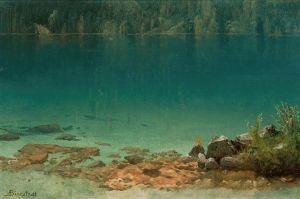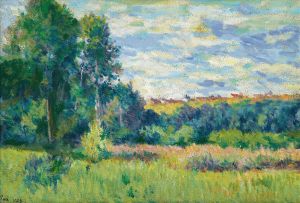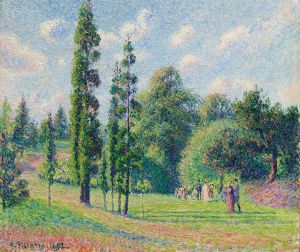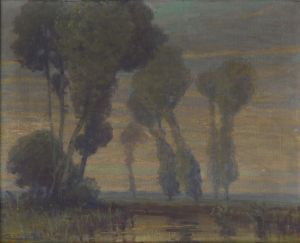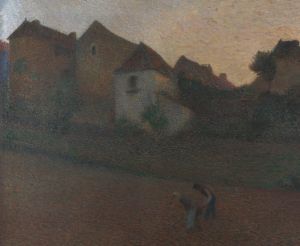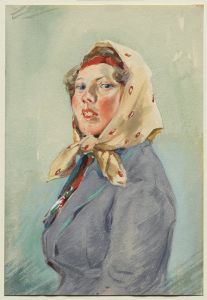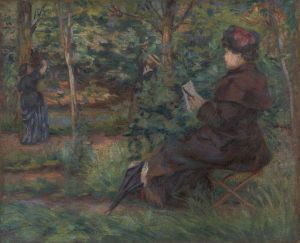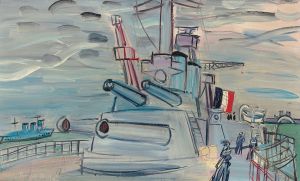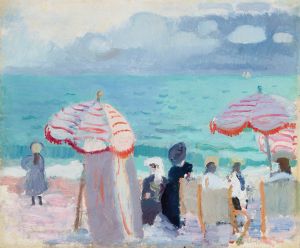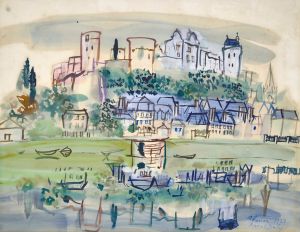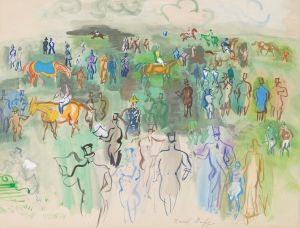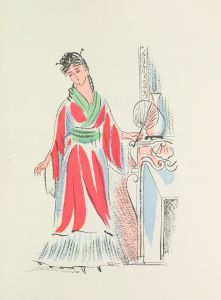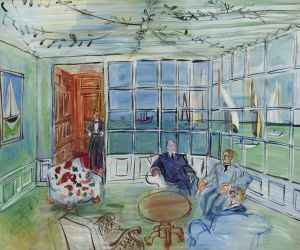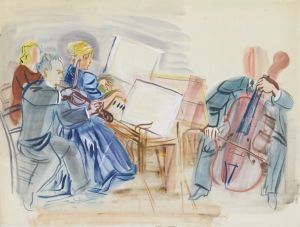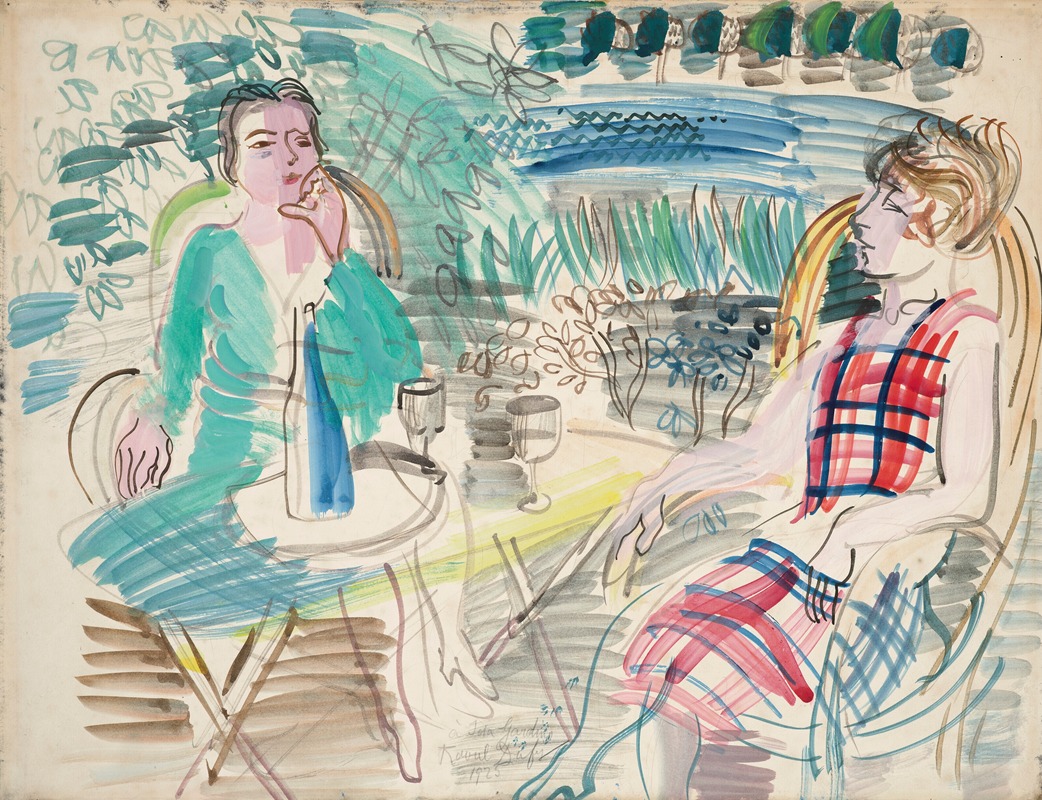
Au jardin
A hand-painted replica of Raoul Dufy’s masterpiece Au jardin, meticulously crafted by professional artists to capture the true essence of the original. Each piece is created with museum-quality canvas and rare mineral pigments, carefully painted by experienced artists with delicate brushstrokes and rich, layered colors to perfectly recreate the texture of the original artwork. Unlike machine-printed reproductions, this hand-painted version brings the painting to life, infused with the artist’s emotions and skill in every stroke. Whether for personal collection or home decoration, it instantly elevates the artistic atmosphere of any space.
Raoul Dufy was a French Fauvist painter known for his colorful and decorative style, which often depicted leisure activities and landscapes. One of his works, "Au jardin," exemplifies his vibrant approach to painting and his interest in capturing the essence of outdoor scenes.
"Au jardin" translates to "In the Garden" in English, and while specific details about this particular painting are scarce, it is consistent with Dufy's broader body of work, which frequently features garden scenes, parks, and other outdoor settings. Dufy was known for his ability to convey a sense of joy and lightness in his paintings, often using bright colors and fluid lines to create a sense of movement and life.
Dufy was born on June 3, 1877, in Le Havre, France, and he began his formal art education at the École des Beaux-Arts in Paris. He was initially influenced by the Impressionists, particularly Claude Monet, but later became associated with the Fauvist movement, which emphasized bold colors and brushwork. The Fauves, which included artists like Henri Matisse and André Derain, sought to express emotion through color, often using it in a non-representational way.
Throughout his career, Dufy developed a distinctive style characterized by a sense of spontaneity and a focus on decorative elements. He often painted scenes of leisure, such as regattas, horse races, and concerts, capturing the vibrant social life of the early 20th century. His work is noted for its cheerful and optimistic tone, which was a deliberate choice by the artist to bring joy to the viewer.
In "Au jardin," Dufy likely employed his typical technique of using loose brushstrokes and a bright color palette to depict a lively garden scene. His approach often involved outlining forms with bold lines and filling them with washes of color, creating a sense of harmony and rhythm. This method allowed him to capture the fleeting effects of light and atmosphere, which were central to his artistic vision.
Dufy's work was not limited to painting; he was also an accomplished textile designer, illustrator, and ceramicist. His designs often featured similar themes and motifs as his paintings, showcasing his ability to translate his artistic vision across different media.
Raoul Dufy's contributions to the art world were significant, and his work continues to be celebrated for its joyful expression and innovative use of color. "Au jardin," like many of his paintings, reflects his desire to capture the beauty and vitality of the world around him, inviting viewers to share in his appreciation for life's simple pleasures.
Dufy passed away on March 23, 1953, in Forcalquier, France, leaving behind a legacy of work that continues to inspire and delight audiences worldwide. His paintings are held in numerous public and private collections, and his influence can be seen in the work of subsequent generations of artists who have drawn inspiration from his unique approach to color and composition.





